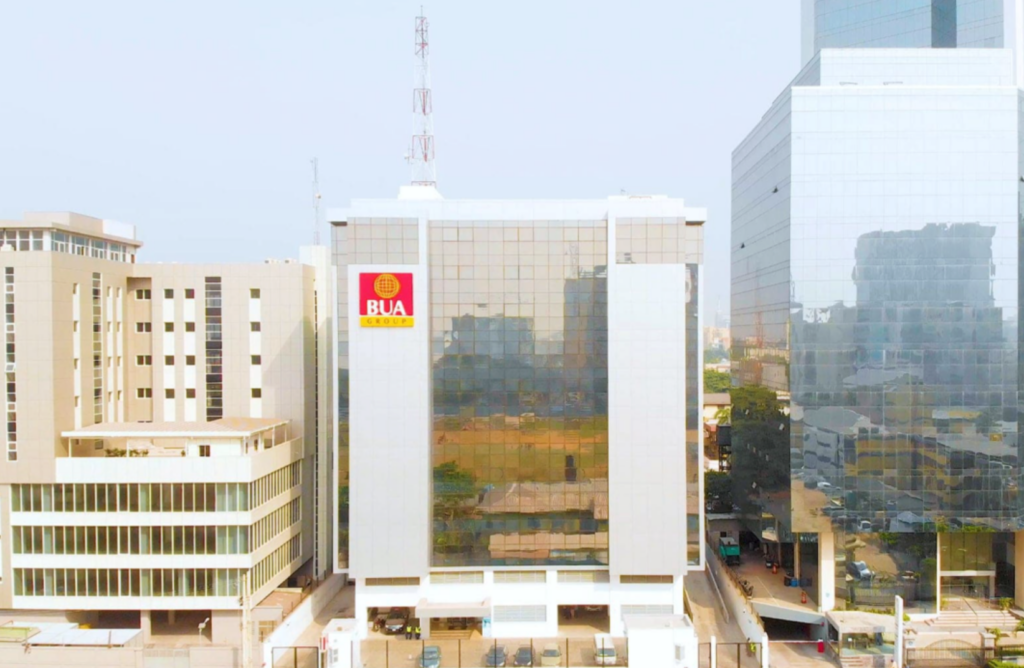Amidst macroeconomic challenges, BUA Foods has continued to demonstrate strong financial performance, good market presence and operational strength.
The company’s latest financial (Q2 2024) results reveal both impressive growth and some areas of concern, painting a mixed picture for investors.
Impressive revenue growth amid cost pressures:
BUA Foods reported a 110% year-on-year revenue increase, reaching N672.3 billion in the first half year of 2024 compared to N320.9 billion in 2023. This also accounts for about 92% of the 2023 full-year revenue figure.
This suggests that the company is on track to surpass its previous year’s revenue by a substantial margin if the growth trend continues in the second half of the year.
This growth was driven by significant increases across all major product lines: Sugar sales surged by 88% to N369.7 billion, Flour sales soared by 164% to N227.9 billion, and Pasta sales grew by 95% to N74.03 billion.
However, this robust revenue growth came at a cost. The cost of sales rose by 141% to N453.90 billion, driven by higher raw material and energy costs.
The devaluation of the Naira against the US Dollar further exacerbated these input costs, squeezing profit margins. Consequently, the gross profit margin fell by 890 basis points to 32.4% from 41.3% in the same period last year.
This decline in the gross profit margin shows that even though the company generated more revenue, a larger portion of that revenue was consumed by increased costs, leading to reduced profitability.
Mixed Profitability Trends
Despite the challenging cost environment, BUA Foods managed to grow its gross profit by 64% to N218.43 billion. However, the increased selling and distribution expenses, up 43% to N18.35 billion, and a 101% rise in administrative expenses to N10.08 billion, impacted overall profitability. These increases were primarily due to higher diesel costs and other operational expenses.
Operating profit grew by 75% to N202.2 billion, reflecting strong top-line growth. Yet, the operating profit margin declined by 600 basis points to 30%, highlighting the impact of rising costs.
Similarly, while profit before tax increased by 25% to N137.18 billion, the pre-tax profit margin dropped significantly to 20.4% from 34% in the first half of 2023. Profit after tax rose by 38% to N130.9 billion, translating to an earnings per share (EPS) growth of 37% to N7.27
The decline in margins points to the significant impact of the Naira devaluation and the removal of fuel subsidies on BUA Foods’ operational costs:
Leverage and Coverage Ratios
BUA Foods maintained a robust coverage ratio of 10.32x, although this represents a decline from 18.39x in the previous year.
This decrease can be attributed to a reduction in total borrowing, which fell from N651 billion in the first half year of 2023 to N365 billion in 2024.
Despite the lower borrowing, finance costs increased significantly to N19.6 billion from N6.3 billion, suggesting higher interest expenses. While the company did not specify the reasons for this increase, it is likely due to rising interest rates.
These factors highlight a mixed financial scenario. The increase in finance costs, despite lower debt levels, suggests a challenging borrowing environment with higher interest rates. This increases the cost of capital for the company, potentially impacting profitability and cash flow.
BUA Foods’ leverage ratios show a decline, indicating that the company is managing its debt levels more effectively. This reduction in leverage can help lower financial risk, enhance stability, and strengthen the balance sheet. The company has improved its financial structure with a lower leverage ratio of 2.82x, down from 4 in 2023.
Market Performance and Valuation
BUA Foods is the most valuable company in the consumer goods sector based on market capitalization, which is currently N6.84 trillion.
Since its listing on January 5th, 2022, the share price has surged by 685%. In 2023, the stock gained 198%, and it has further appreciated by 96.43% year-to-date in 2024, making it the best-performing consumer goods stock on the Nigerian Exchange (NGX).
BUA Foods is trading at high earnings multiple of 46, meaning the company’s stock price is 46 times its earnings per share (EPS).
This high earnings multiple reflects investors’ strong expectations and confidence in the company’s future performance. The company’s EPS growth supports this valuation to some extent. EPS increased by 23% year-over-year in 2023, reaching N6.23 per share, and continued to rise to N7.27 in the first half of 2024, indicating a positive earnings trend.
To justify the high earnings multiple, BUA Foods needs to maintain this EPS growth trend in the second half of 2024. Falling short of this growth could raise concerns about the stock’s valuation.
Apart from sustaining the high multiple valuations, sustaining the earnings growth would help sustain the company’s dividend payment trend. BUA Foods has a consistent history of dividend payments, having increased its dividend to N5.50 per share in 2023 from N4.50 in 2022.
Given the impressive profit growth in the first half of 2024, it is plausible that the company might sustain or even increase its dividend payments, which would be a positive signal for investors.
However, there is a challenge. Despite impressive revenue growth and positive EPS trends, rising cost pressures could hinder achieving the projected EPS target. Increased costs related to raw materials, energy, foreign exchange losses, and higher finance costs could strain profitability and affect the company’s ability to meet or exceed the EPS target.
